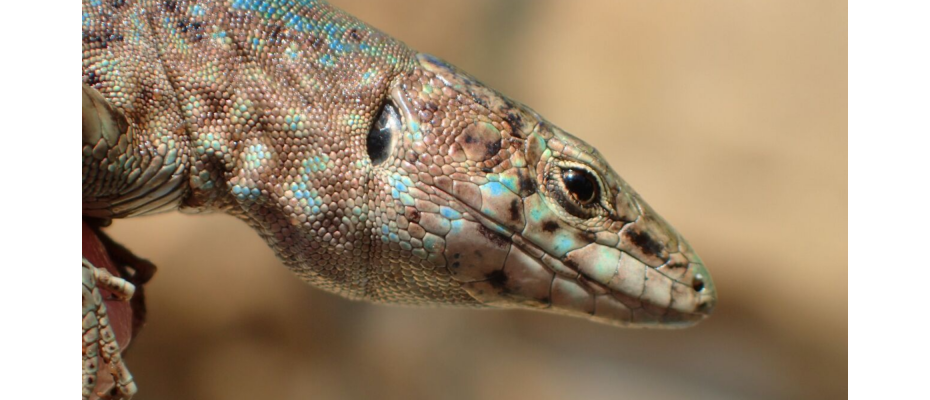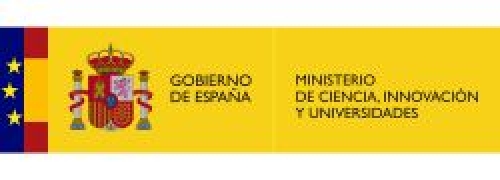
May 22, 2023. The Mediterranean lizard Podarcis lilfordi (Günther, 1874) is an endemic flagship species of the Balearic Islands. Currently confined in 43 isolated populations, distributed among the Cabrera archipelago and several islets surrounding Menorca and Mallorca, this insular species has become a touristic symbol the Balearic Islands, along with its sister species from Ibiza and Formentera, P. pityusensis. The species shows a remarkable morphological diversity and no fear of humans because of adaptation to predator-free islands, making it a wonderful system to study vertebrate evolution in islands, but also a system to be conserved. Because of increasing threats by human pressure, accidental introduction of predators, and steady increase of tourism in the Balearic Islands, the species is currently listed as endangered by the IUCN (https://www.iucnredlist.org/species/17795/7481971).
All of these factors have constituted the principal reasons why the Catalan Initiative for the Earth Biogenome Project, supported by the Institut d‘Estudis Catalans, has chosen the Lilford’s wall lizard as one of the first vertebrate species for sequencing. In this international research, CNAG has played an important role, leading the design of the novo sequencing strategy and the assembly and annotation of the new genome. The genome project was the result of a collaboration between the Department of Evolutionary Biology, Ecology and Environmental Sciences of the University of Barcelona, the Animal Demography and Ecology Unit (IMEDEA, CSIC-UIB), the Department of Biology of the Lund University (Sweden) and CNAG, which altogether have contributed to obtaining the high-quality chromosome-level assembly and annotation of Podarcis lifordi genome.
The details of the investigation are collected in a scientific article published last week in the specialized journal DNA Research. The manuscript, ‘Chromosome-level genome assembly of Lilford’s wall lizard, Podarcis lilfordi (Günther, 1874) from the Balearic Islands (Spain)’, reveals that this species is a great insular model system for eco-evolutionary studies, as well as a challenging target for conservation management plans. The research sheds light on the substantial similarity in genome size, annotation metrics, repeat content, and a strong collinearity, despite their evolutionary distance (~18-20 MYA), between the Lilford’s wall lizard genome and another related species, Podarcis muralis.
"By using ONT, 10X genomics linked-reads and Omni-C data and developing a new bioinformatic pipeline that combines all these data types for genome assembly, we have succeeded in obtaining a highly contiguous and complete chromosome-level genome, which will help us and the scientific community to launch further comparative analyses with other species and to improve our knowledge of the evolution of these organisms", states Jèssica Gomez-Garrido, Genome Assembly and Annotation Team Bioinformatics Technician from CNAG, first author in this research study.
Based on a mixed sequencing strategy (Oxford Nanopore Technologies long reads, 10X Genomics linked reads, and Hi-C scaffolding), coupled with extensive transcriptomic data, resulted in a genome assembly (1.5 Gb) that it is highly contiguous and complete, with 99% of the sequence assigned to candidate chromosomal sequences and >97% gene completeness estimated by BUSCO. The researchers annotated a total of 25,663 protein-coding genes translating into 38,615 proteins.
Professor Laura Baldo (University of Barcelona), the leading researcher and corresponding author in the study, points out how important this genome will be for biology and biodiversity:
"The genome of the Balearic lizard, Podarcis lilfordi, is a great tool to evaluate the current genetic diversity of these insular populations and their ability to buffer environmental changes, and will be critical to guide future conservation policies. The species counts with extensive demographic and ecological data already collected; for the first time the genome will allow us to do a truly integrative study, combining all this information to answer questions on the future dynamics of these populations over the next 10 years and on the functional tools that this emblematic species has to cope with present and future selective pressures".
This study was supported by the Institut d’Estudis Catalans under the Catalan Initiative for the Earth Biogenome Project (PRO2020-S02 to L.B.), the Swedish Research Council (VR 2017-03846 and VR-2021-04656 to T.U. and VR-2020-03650 to N.F.) and Starting Grant from the European Research Council (no. 948126 to N.F.). We also acknowledge the support of the Spanish Ministry of Science and Innovation to the EMBL partnership, the Centro de Excelencia Severo Ochoa, the CERCA Programme/Generalitat de Catalunya, the Spanish Ministry of Science and Innovation through the Instituto de Salud Carlos III and the Generalitat de Catalunya through Departament de Salut and Departament d’Empresa i Coneixement. Co-financing funds were obtained from the European Regional Development Fund by the Spanish Ministry of Science and Innovation corresponding to the Programa Operativo FEDER Plurirregional de España (POPE) 2014-2020 and by the Secretaria d’Universitats i Recerca, Departament d’Empresa i Coneixement of the Generalitat de Catalunya corresponding to the Programa Operatiu FEDER de Catalunya 2014-2020.











